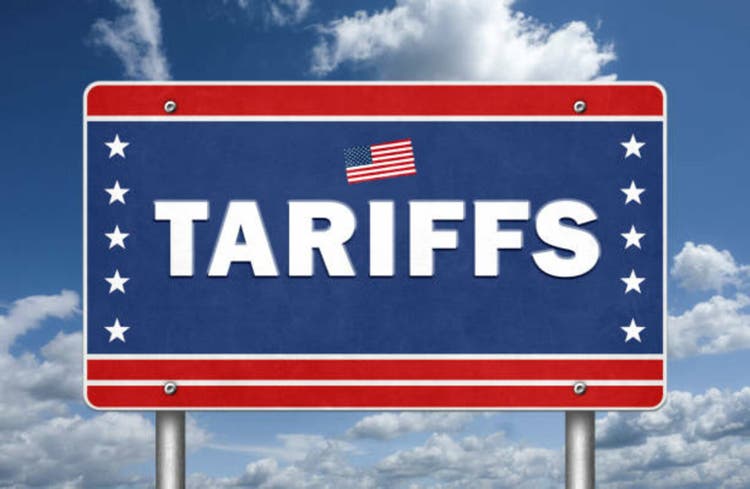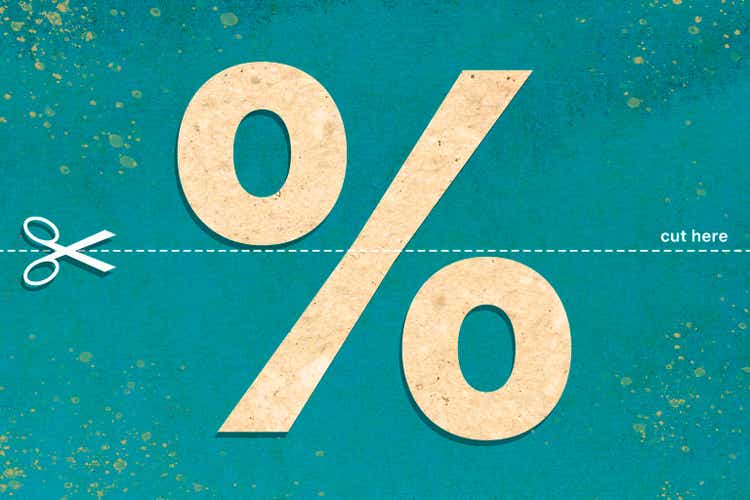 STOCK PHOTO | Image by Duc Dao from Unsplash
STOCK PHOTO | Image by Duc Dao from UnsplashAT COLLIERS PHILIPPINES, we always highlight that net demand for Metro Manila condominium units has been plummeting compared to take up we saw from 2017 to 2019, a period that was positively influenced by demand from offshore gaming firms from China. The covid-19 pandemic and the exodus of Philippine Offshore Gaming Operators (POGOs) jolted the Metro Manila office sector and this resulted in elevated vacancies, rental rate erosion, and correction of prices of offices for sale.
The office sector was heavily impacted, with net take-up in Metro Manila down to 195,200 square meters annually from 2022 to 2023 compared to 942,300 square meters every year from 2017 to 2019. The POGOs left a huge void in the office market and this gap has yet to be bridged. Some IT-BPM and traditional occupants including government agencies continue to look for office space and expand, but with 2.9 million square meters of vacant space, we estimate that it might take more than five years to fill the abandoned spaces.
For the office market we continue to see leases being closed by IT-BPM firms outside Metro Manila. Cebu remains a major destination for expanding firms and continue to take advantage of the locality’s highly skilled workforce, improving infrastructure, high quality lifestyle at a discount, and presence of massive townships offering live-work-play-shop lifestyle. Among the developers with office towers due to be completed over the next 12 to 24 months include SM, Filinvest Land, and Cebu Landmasters.
As I mentioned in my previous BusinessWorld column, it is a mixed bag at this point. We still see glimmers of hope for the property market post-covid. Opportunities are not just based on location. Some property firms are also seizing opportunities given the rising demand for the more expensive residential projects and the projected further reduction of interest and mortgage rates.
LOWER INTEREST AND MORTGAGE RATES TO STOKE PROPERTY
Colliers believes that the central bank’s decision to reduce interest rates should help revive demand in the residential market. In 2025, the central bank has cut basic interest rates by 75 basis points (bps) to 5.25%. Analysts are expecting the central bank to cut policy rates by at least 25 bps for the remainder of 2025.
Colliers expects the central bank’s policy rate cut to positively impact the Philippine property market. Lower interest rates should make mortgages more affordable, driving demand for mid-income projects in Metro Manila and horizontal developments in areas outside NCR (AONCR). The rate cut is also likely to spur consumer spending, benefiting the leisure and retail sectors. Lower interest rates should also entice traditional firms and manufacturers’ continued expansion, which should increase demand for office and industrial space across the country.
Lower interest rates should also guide developers with their promos and payment schemes. Colliers recommends that developers continue offering more attractive and carefully curated promos, particularly firms with a substantial number of ready-for-occupancy (RFO) units yet to be sold. Residential developers should be proactive in offering leasing and early move-in promos for RFO projects. All over social media, we see a number of developers offering rent-to-own programs and extending their payment terms to about 10 years. Some developers are even allowing buyers to move-in with little to no down payment and discounts of as much as 45% of Total Contract Prices (TCPs) for spot cash payments.
LAUNCHING THE RIGHT PRODUCT AT THE IDEAL LOCATION WITH THE RIGHT PRICE
Several developers are aggressively implementing their geographic diversification, and we believe that this should result in a more diverse Philippine property market, ultimately benefiting investors and end-users.
We recommend that developers carefully assess the attractive product types and price points to offer to areas where they are planning to expand. For instance, upscale to luxury projects remain popular in major central business districts (CBDs) such as Fort Bonifacio, and Makati CBD while affordable to mid-income projects are more attractive in fringe areas such as Alabang-Las Piñas, Manila North, Makati Fringe, Mandaluyong, and even the Camanava (Caloocan-Malabon-Navotas-Valenzuela) corridor.
Meanwhile, we believe that developers will continue to venture into horizontal residential projects outside of Metro Manila where demand comes from end-users. Colliers data showed that horizontal units in key provinces in Calabarzon, Central Luzon, Central Visayas, Western Visayas, and Davao region have better absorption with remaining inventory life (RIL) only ranging between 1 and 3 years.
REIMAGINING USE OF OFFICE SPACE
A third of our respondents in a previous Colliers poll use their office space to collaborate. Other respondents are making their spaces more productive by incorporating smart technologies (e.g., smart desks and meeting rooms) as well as quiet zones and privacy pods. In our view, the role of office space is now transforming with several companies now using their spaces to mount group activities (e.g., townhall meetings) for their employees. Colliers believes that reimagining and rethinking the utilization of office space will be critical moving forward especially as more companies intend to entice a greater fraction of their employees to return to office (RTO). Reimagining workspaces is also important as more companies are planning to implement hybrid work arrangements.
As companies encourage their employees to return to the office, landlords have a key role in making RTO more appealing. This can be achieved by organizing tenant engagement events that focus on enhancing the well-being of employees within office spaces.
PUSH FOR SMARTER, MORE RESILIENT DEVELOPMENTS
It’s good to see that office tenants are now prioritizing green and sustainable features when looking for office space. As Colliers Philippines previously highlighted, providing green, healthy, and sustainable office space is becoming popular, with landlords now taking advantage of demand from multinational companies and large Filipino firms highlighting sustainability. This will likely be the norm moving forward and occupying healthy and sustainable spaces will be pivotal in enticing employees to RTO.
Colliers estimates that around 1.1 million square meters (11.9 million square feet) of new office space is likely to be completed from 2025 to 2027, with about half of these spaces having green and/or sustainable certifications. We encourage landlords to cash in on this rising demand, especially from multinational corporations that require their Philippine units to hold offices within sustainable office towers and advance their parent firms’ adoption of sustainable development and Environmental, Social and Governance (ESG) practices.
Developers should also consider integrating green technologies (GreenTech) to differentiate their projects in the market. These include natural lighting, optimized air quality and rainwater catchment facilities. We also encourage developers to adopt sustainable features with the inclusion of green spaces such as vertical gardens in their upcoming projects. Property firms should also take a more aggressive stance in introducing artificial intelligence (AI) technologies into their residential projects. Colliers also believes that the launch of more property technology (proptech) features will be the norm moving forward. A number of developers have incorporated built-in fiber optic internet connection, videoconferencing areas and flexible workspaces which are suited for work-from-home (WFH) or hybrid working arrangements. We also encourage developers to highlight amenities such as open spaces and activity areas.
DISSECTING THE POPULARITY OF LEISURE-ORIENTED DEVELOPMENTS
The pandemic has highlighted the need for greener, more open spaces. This is a major reason why property firms now offer bigger spaces, whether for condominium or horizontal developments. These projects are classified as upscale and luxury developments based on total contract prices but are among the best-selling projects in the market post-COVID. We expect developers to continue launching similar projects, but the first movers definitely have an advantage.
Colliers Philippines believes that it is imperative for property firms to take advantage of the rising demand for resort-themed projects across the country. For one, these projects are banking on the revival of the Philippine tourism market, which the Marcos administration continues to aggressively promote. The tourism sector remains one of the major job-generating economic sectors of the Philippines, and the government’s emphasis on the sector will substantially benefit developers catering to local and foreign markets.
Leisure-themed developments also benefit from improving connectivity. Major projects in the Cavite-Laguna-Batangas (Calaba) corridor, for instance, are taking advantage of improving access from Metro Manila to Southern Luzon. Hordes of people visit their favorite destinations in the south during weekends and holidays, and the ease of travel has been facilitated by the completion of major public projects, including those connecting cities from north to south Luzon.
WHAT TO EXPECT FOR PHILIPPINE PROPERTY MOVING FORWARD
Recalibration is a must for developers to remain relevant. We see property firms constantly innovating to fully take advantage of opportunities in the market —whether it’s office, residential, retail, leisure, or industrial segment. Evolution is crucial to achieving progression and developers must be on the lookout for the next property segment or location that offers the greatest returns!

 2 days ago
1
2 days ago
1


















 English (US) ·
English (US) ·